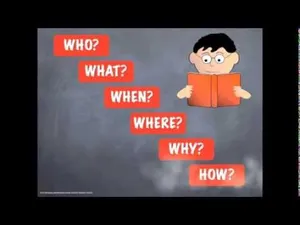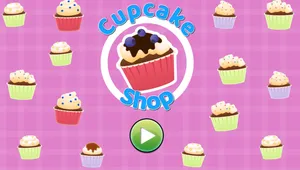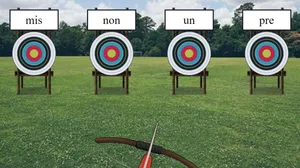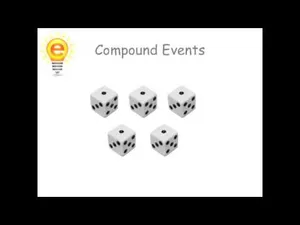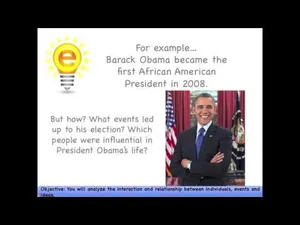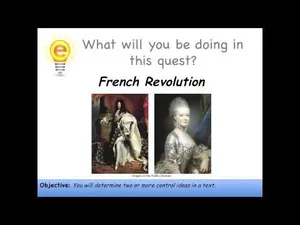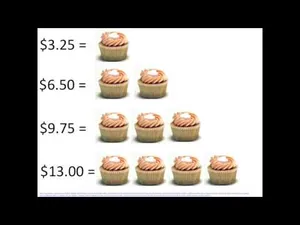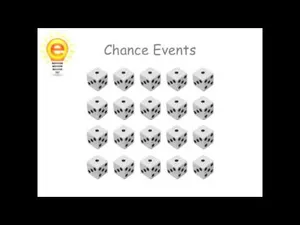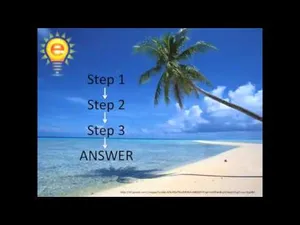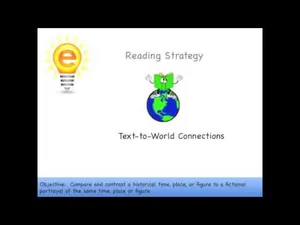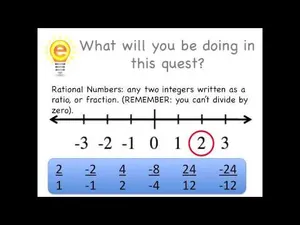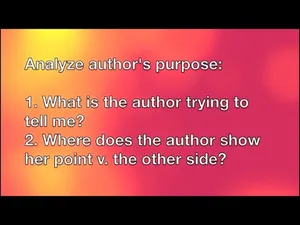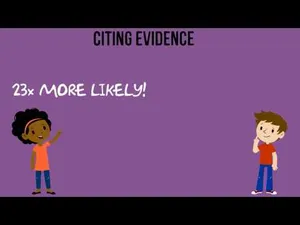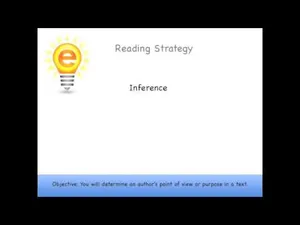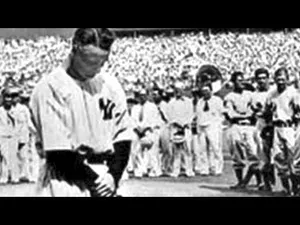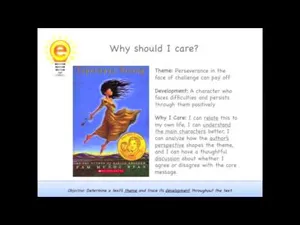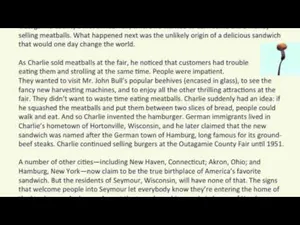Intro to Solving Equations
Solving equations
Textual Evidence
Textual Evidence and Inference
Probabilities of Compound Events
Probabilities of compound events
How Ideas Are Related
How ideas are related
Word Problems with Inequalities
Solving inequalities
Determine Two or More Central Ideas in a Text
Central Ideas in a Text
Represent Proportional Relationships
Find, Show Proportional Amounts
Citing Textual Evidence 8th Grade
Textual evidence and inferencing
Analyzing Elements in a Story
Elements of a short story
Intro to Probability of a Chance Event
Probability of a chance event
Intro to Multi-Step Problems
Multi-step, real-world problems
Comparing Historical Fiction
Historical Fiction
Dividing Rational Numbers
Division of rational numbers
How Does an Author Distinguish Their Point of View
Author's Point of View and Goal
Citing Evidence
Textual evidence and inferencing
Author's Point of View from Inferences
Author's Point of View and Goal
Comparing a Text to Audio
Print vs. Multimedia Text
Measures Of Central Tendency
Measures of central tendency
Developing Theme
Thematic development
Determining Central Ideas in a Text
Central Ideas in a Text
Educational Activities and Teaching Resources for 7th Grade
7th graders, or as we like to call them, pre-high schoolers, are getting serious about their scholarly development. Multiplying like crazy, dividing and conquering different types of numbers, and solving equations like Sherlock Holmes on a case. These students will leave with a strong foundation in algebra, geometry, and trigonometry.
As for reading, 7th graders are learning a thing or two about what happens between the lines, analyzing complex texts, and starting to write their own literary masterpieces. Students are reading more critically, applying knowledge from multiple sources, and developing the skills they’ll need to accurately interpret an ever-more-opaque media landscape.
Some of the skills students will master in eSpark include:
Math
- Computing unit rates
- Understanding and working with proportions; solving ratio and proportion word problems
- Adding, subtracting, multiplying, and dividing rational numbers
- Converting numbers to decimals
- Generating equivalent expressions
- Solving multi-step, real-world problems
- Solving equations and inequalities
- Using inferential statistics
- Understanding measures of central tendency and chance events
- Predicting and comparing probability; probabilities of compound events
Reading
- Citing textual evidence
- Defining theme and thematic development
- Comparing text and multimedia
- Understanding figurative language
- Describing elements of a short story
- Contrasting point of view
- Identifying and describing text structure
- Analyzing historical fiction
- Understanding how ideas are related
- Identifying the central idea in a text
- Identifying author’s purpose and point of view
- Analyzing arguments in text
eSpark is truly unique in the world of online learning. Our holistic, student-centered approach blends the proven benefits of play-based learning with systematic, explicit, and direct instruction. It’s proof that learning can be fun, personalized, and effective, all at once!
eSpark meets the criteria for evidence-based interventions under ESSA guidelines, and has been proven in multiple studies to improve student performance in math and reading.
When you sign up for an eSpark account, your students experience these activities via adaptive, differentiated independent pathways and teacher-driven small group assignments. Teachers also have access to detailed usage and progress reports with valuable insights into standards mastery, student growth trends, and intervention opportunities.
With the addition of the game-changing Choice Texts for the 2023-2024 school year, eSpark has cemented its status as the most loved supplemental instruction option for students and teachers alike. Claim your free account today and see the difference for yourself!
